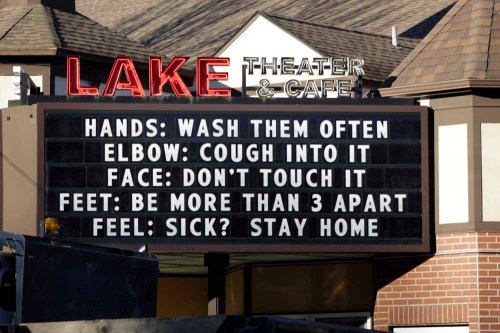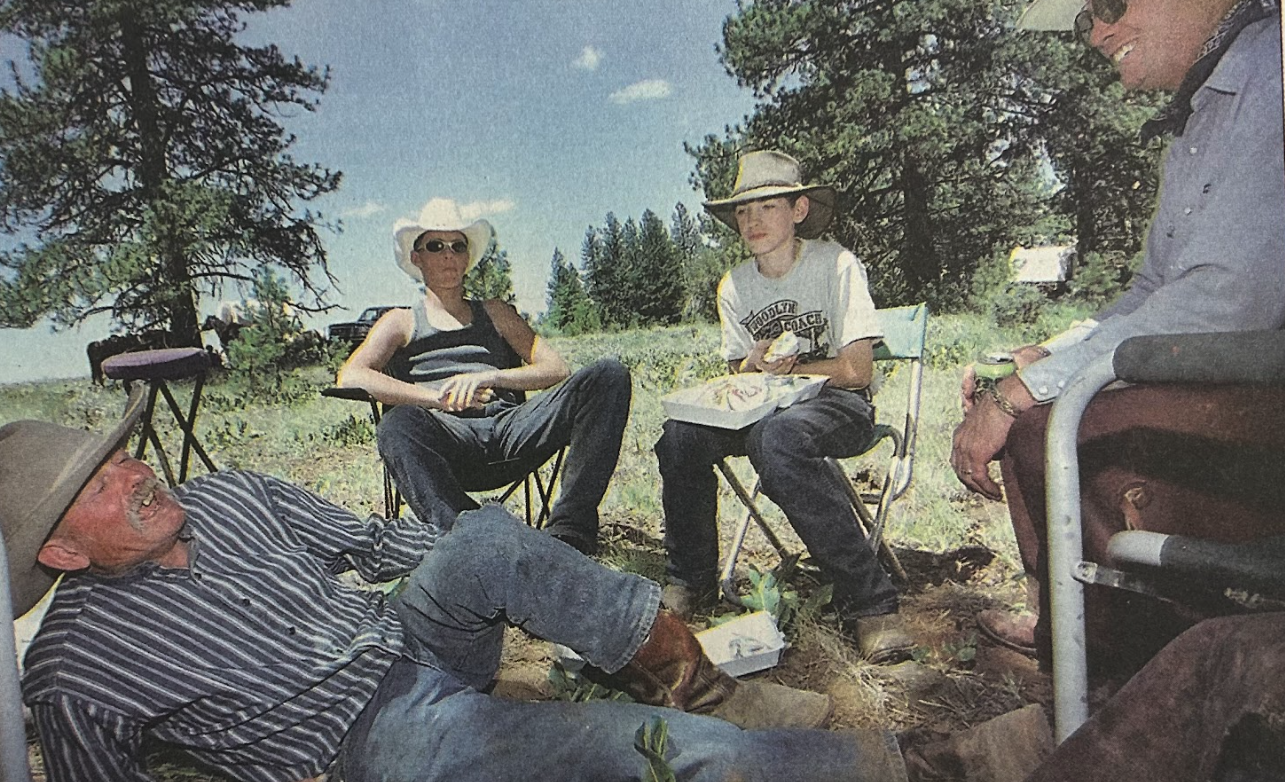Big Brother during the coronavirus crisis: GPS data shows which Oregonians are following ‘social-distancing initiatives’
Published 9:00 am Wednesday, March 25, 2020

- A marquee outside the Lake Theater & Café in Lake Oswego offers advice on how not to spread germs on March 17, 2020.
PORTLAND — Oregon has a lot of wide-open spaces. The state takes up some 98,000 square miles and has only 4 million people wandering around inside it.
That should give most Oregonians plenty of room to maintain appropriate distance from one another as the novel coronavirus bears down on the state. But the GPS-location data company Unacast found that, if Oregonians are keeping 6 feet from each other as recommended, they’re not doing it by staying put.
Unacast has spent its time lately digging into the apps on our phones and figuring how much less we have been moving about than usual. It dropped its data analysis into a “Social Distancing Scorecard” that indicates, The Washington Post reported, which Americans across the country “are changing behavior at the urging of health officials.”
Yes, Big Brother is watching — in this case, at least, to provide organizations and public officials “with an understanding of the efficacy of social-distancing initiatives.”
Unacast gave each state a letter grade on its recent performance. Oregon earned a C. This is worse than it appears. Rather than being “average,” it puts Oregon in the “Bottom 5 States” in the social-distancing scorecard. Idaho and Montana received Ds and Wyoming an F.
Only one county in Oregon received an A grade — Wheeler. Neighbors Crook and Deschutes scored Cs. The rest of the eastern counties were given failing grades.
Oregon counties with relatively dense populations actually did better than those with lots of elbow room. (This can be a little misleading: Again, Unacast tracked the change in “average mobility.” An A is a >40% decrease, a D is a 10%-20% decrease.) Washington, the Oregon county hardest-hit by the coronavirus pandemic, and Multnomah both received Bs (30%-40% decrease). The northern counties on the coast all earned Ds.
The states that have decreased their mobility the most, in case you’re wondering: Alaska, Nevada, New Jersey and Rhode Island. Washington, D.C., despite Sen. Rand Paul’s inveterate socializing, rounds out the Top 5.
What does this all tell us? Maybe not a whole lot about how people in your county and state are doing with social distancing. But it does reinforce just how much we are all under Big Tech’s watchful eye.






